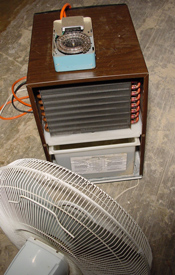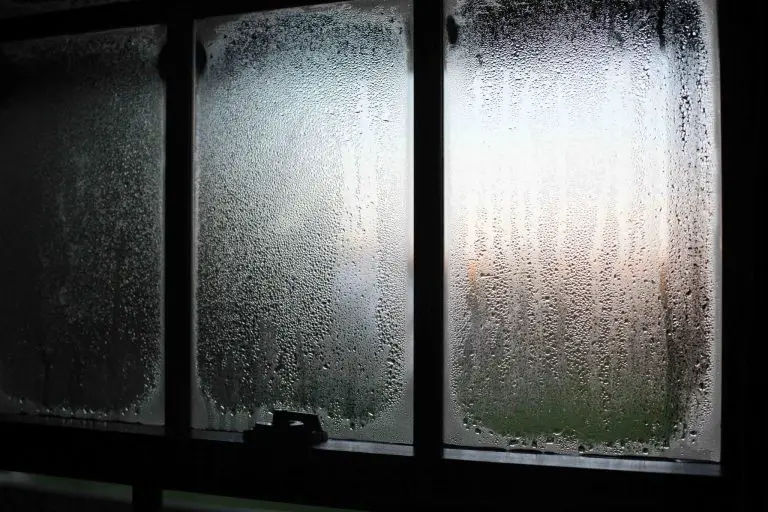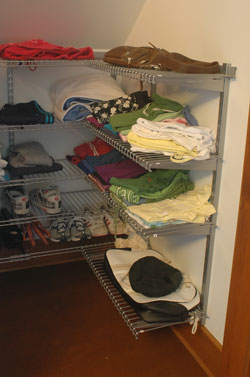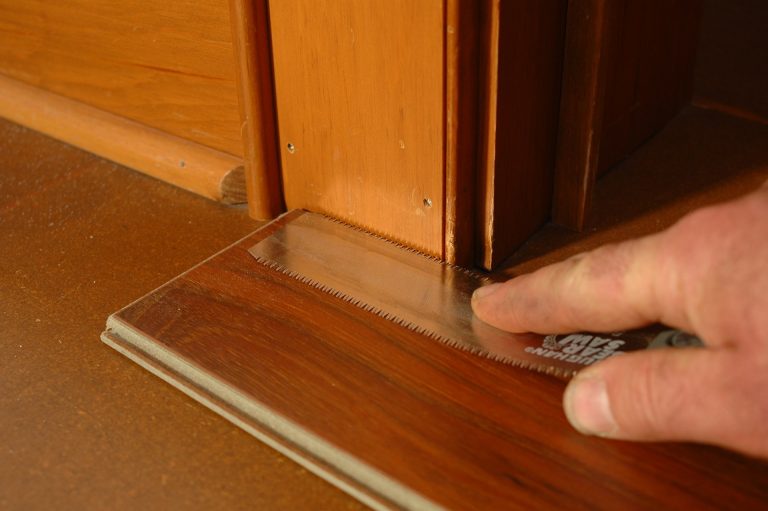 Basements everywhere have a well-deserved reputation for being damp and musty. Some are worse than others, but things are especially bad after the long, wet, humid summer we’ve had this year. What’s worse is that few people understand how to eliminate the problem of exceptionally humid basements because effective solutions are not obvious. In fact, reducing extreme basement humidity sometimes goes against what seems wise.
Basements everywhere have a well-deserved reputation for being damp and musty. Some are worse than others, but things are especially bad after the long, wet, humid summer we’ve had this year. What’s worse is that few people understand how to eliminate the problem of exceptionally humid basements because effective solutions are not obvious. In fact, reducing extreme basement humidity sometimes goes against what seems wise.
I happen to have a lot of experience dealing with humid basements, in part because the basement of my own house has a flat, smooth, limestone bedrock floor. This means it’s exceptionally cold, even when it gets hot outside. If my system of moisture control works well in the kind of condensation-prone conditions I have, it can work anywhere.
First, you need to understand the source of moisture. Apart from any liquid water that may leak in, the bulk of moisture that causes basement mustiness is invisible and comes in with outdoor air. This is exactly why basement ventilation is only good when the air outside is cooler than the air inside. This means that you’ll want to open the windows only during cool times of the year, and close them when it’s warmer outdoors than the temperature in the basement. I use a high-quality thermometer/humidity meter combination to monitor temps and humidity in my basement and it gives me the information I need to manage things properly.
In my case, I find it necessary to run a dehumidifier during prolonged times of hot weather when basement windows are closed all the time, to keep humidity down below the critical level of 75% to 80%. Anything more than this and condensation begins to form and mustiness develops. Lower relative moisture levels than this are fine though I don’t aim for them with my dehumidifier since they’re not necessary. In my tests and research I’ve even tried massively increasing basement ventilation levels during summer, but the more humid outdoor air that moves in, the wetter and mustier a cool basement becomes. Try it for yourself and see, watching the humidity level on your basement meter. In every case I’ve seen, warm outdoor air is actually the source of airborne basement moisture, not the cure.
One problem with dehumidifiers is that they tend to ice up when used them in temperatures cooler than about 12ºC. You can buy special dehumidifiers for cold spaces, but I simply run regular model on a timer – on for 45 minutes, off for 15 minutes to defrost, and only running during off-peak times to benefit from low electrical rates. An oscillating fan is useful, too. It circulates air in the basement, eliminating areas where moisture can stagnate and cause mustiness.
Opening windows when the air outside is cooler than your basement, then closing them up and possibly running a dehumidifier when it’s warm outside may seem like a pain, but it’s a proven way to deal with exceptionally damp-prone basements that don’t respond to anything else.












